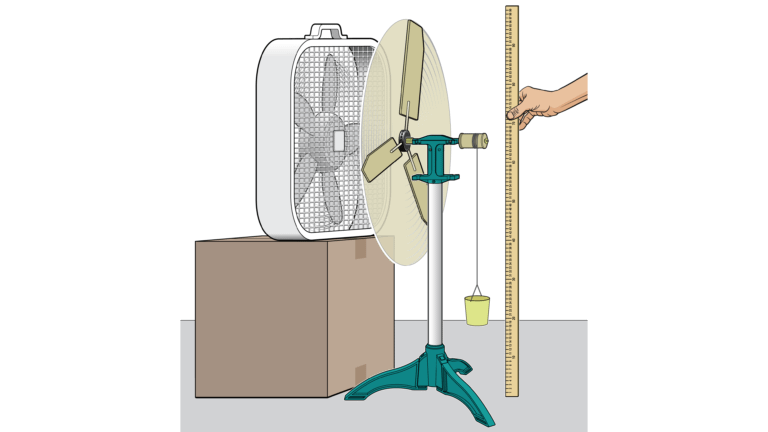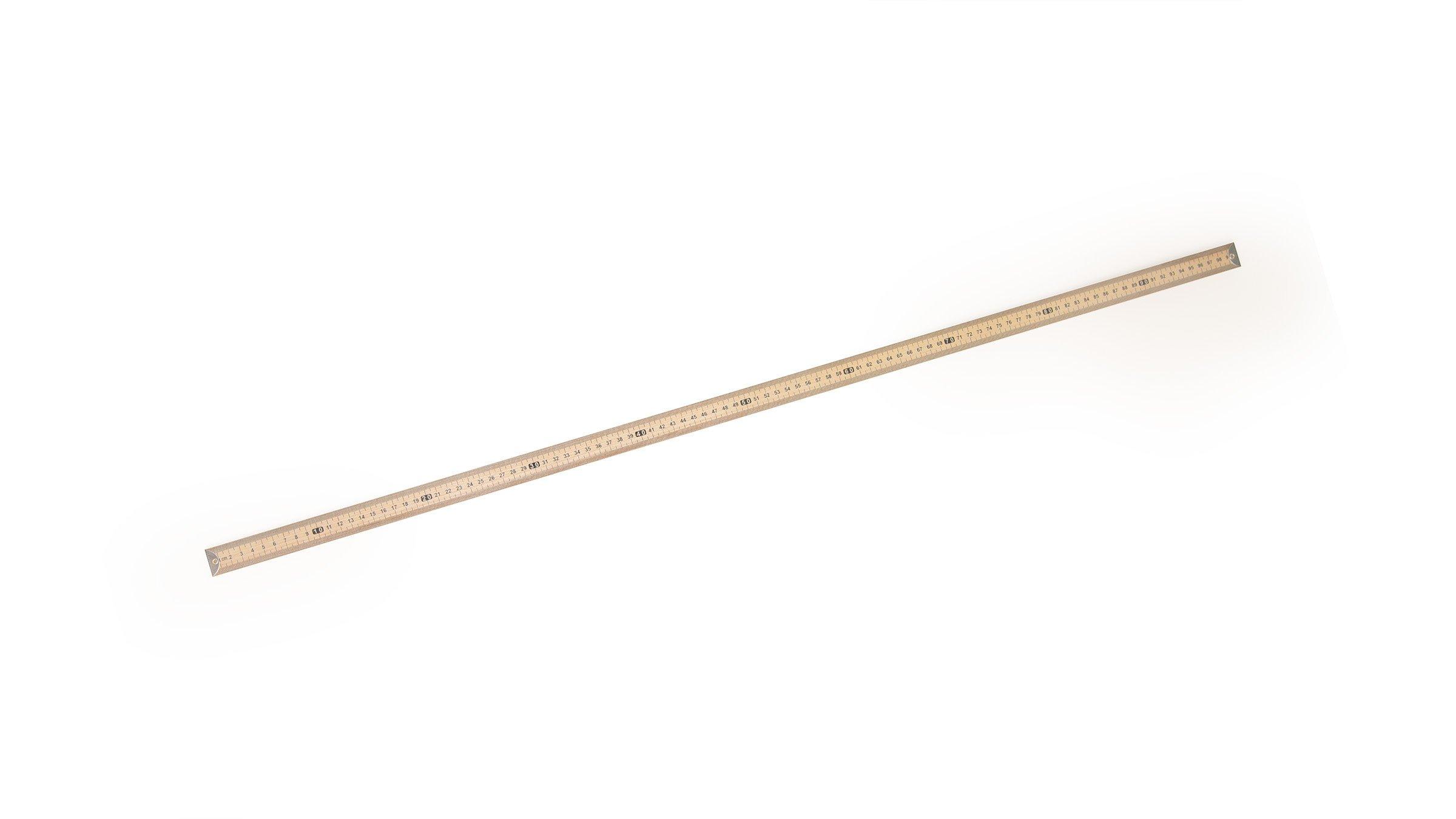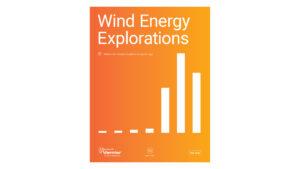
Introduction
Energy can be transferred between objects, and sometime, it is also transformed. For example, when you stretch a rubber band, you transfer energy into the rubber band, which we then call elastic potential energy. Elastic because it is related to the stretchiness of the rubber band and potential energy because, as long as the rubber band remains stretched, the energy is stored and available for use. Releasing the rubber band allows the elastic potential energy to transform into kinetic energy (the energy associated with motion), as the rubber band flies through the air.
When you stretched the rubber band, you applied a force to the rubber band and moved one part of the rubber band a certain distance. Whenever a force moves an object some distance, we say that mechanical work is done. Mechanical work, like energy, is measured in joules (J). Work is one way to transfer or transform energy.
Just as you can do work to stretch a rubber band, you can also do work to lift a weight. In order to lift an object from a lower position to a higher position, a force must be applied vertically. In this case, the work done gives the object moved upward gravitational potential energy, because instead of pulling against a stretchy material, the object is moved against the direction of the force of gravity.
Power is defined as the rate at which energy is used or transformed. It is also the rate at which work is done. More power is used when the same amount of work is done at a faster rate. For example, imagine an elevator that takes 100 seconds to be lifted from the first floor to the fourth floor. If you want the elevator to reach the fourth floor in 80 seconds, the lifting mechanism needs more power. The unit of power is the watt (W). Power can be calculated using the following equation:
In this experiment, you will use a wind turbine to do the work of lifting an object (a bucket of washers).
Objectives
- Understand that energy can be transformed and transferred between objects.
- Describe the relationship between power and work.
- Do work with energy produced from a wind turbine.
Sensors and Equipment
This experiment features the following sensors and equipment. Additional equipment may be required.
Ready to Experiment?
Ask an Expert
Get answers to your questions about how to teach this experiment with our support team.
- Call toll-free: 888-837-6437
- Chat with Us
- Email support@vernier.com
Purchase the Lab Book
This experiment is #1 of Wind Energy Explorations. The experiment in the book includes student instructions as well as instructor information for set up, helpful hints, and sample graphs and data.



